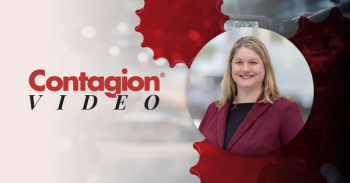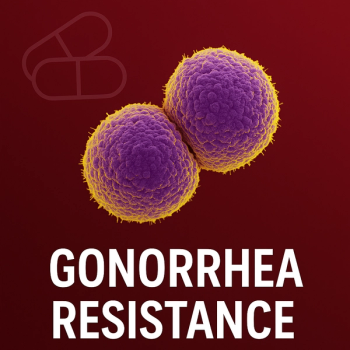
HCV Treatment Achieves Viral Suppression in Less Than 12 Weeks
Researchers conducted a post hoc analysis to learn whether or not the length of time it took to attain initial viral suppression is related to sustained virologic response (SVR) rates for patients receiving the so-call 3D treatment, with or without ribavirin.
In a
Researchers from the Centers for Disease Control and Prevention (CDC) report, in a study
TM
, Monique Foster, MD, MPH, EIS officer, Division of Viral Hepatitis, CDC, one of the study authors,
Saleh Ali Alqahtani, MBBS, of Johns Hopkins University, and colleagues conducted a post hoc analysis to learn whether or not the length of time it took to attain initial viral suppression is related to sustained virologic response (SVR) rates for patients receiving the so-call 3D treatment, with or without ribavirin.
Obitasiver, paritaprevir, and ritonavir are each direct-acting antiviral agents (DAAs), and the treatment with all three is known as the 3D regimen. The researchers report that six previously conducted phase 3 trials have shown SVR rates of 92% to 99% in patients infected with hepatitis C genotype 1. For the present study, the researchers used the information gathered in those previous trials—SAPPHIRE-I, SAPPHIRE-II, PEARL-II, PEARL-III, PEARL-IV, and TURQUOISE-II—to examine both the association between time to viral suppression and SVR at week 12 (SVR12). Data also revealed the possibility of an association between baseline characteristics and time to viral suppression. There was a combined total of 2,027 patients included in the current analysis.
The team found that “achievement of SVR12 was not affected by the time to viral suppression” regardless of whether or not patients had cirrhosis. Some baseline characteristics, however, did impact the length of time it took for patients to reach viral suppression. Those characteristics included: higher baseline hepatitis C RNA level, the presence of cirrhosis, prior treatment with pegylated IFN (pegIFN) and ribavirin, genotype 1b subtype, and being over the age of 60 years.
According to the research team, “The interferon-free 3D regimen of obitasiver/paritaprevir/ritonavir + dasabuvir appears sufficiently potent to achieve both rapid and sustainable viral suppression, which may permit treatment durations shorter than 12 weeks in select patient populations.”
While there were some characteristics that lengthened the time to viral suppression, “the magnitudes of the effects were small and did not impact subsequent achievement of SVR12.” Additionally, the researchers were surprised to find that patients with hepatitis C genotype 1b took longer to achieve viral suppression.
Patients with cirrhosis experienced a longer time to viral suppression—which could be due to multiple factors, the researchers noted. For example, increased collagen could cause portosystemic shunting. Cirrhosis could also interfere with immune system function. In addition, older patients may have less blood flow to the liver or have blunted adaptive response. Ultimately, any of these components could explain the longer time to viral suppression.
Newsletter
Stay ahead of emerging infectious disease threats with expert insights and breaking research. Subscribe now to get updates delivered straight to your inbox.
































































































































































































































































































